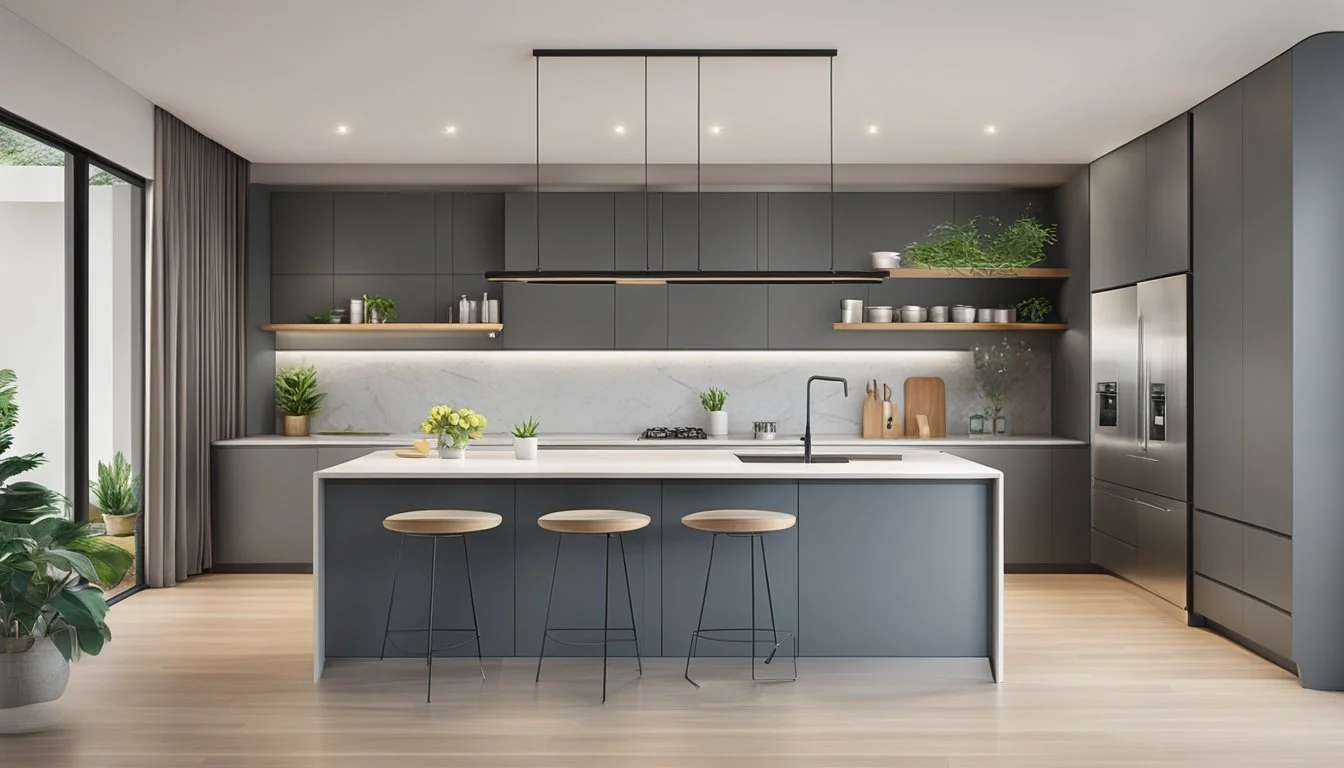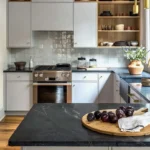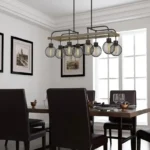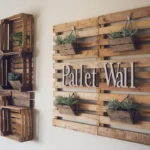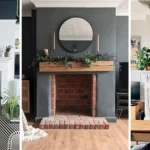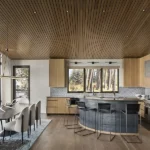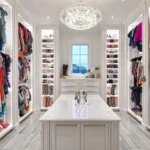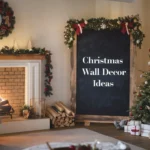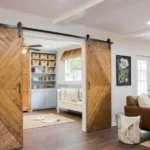Kitchen cabinets are more than just storage; they are the cornerstone of kitchen design, setting the tone for the room’s style and functionality. Whether you’re renovating an old kitchen or designing a new one, the right cabinets can make all the difference. This guide will explore various kitchen cabinets design, materials, styles, and practical considerations to help you create a stunning and functional kitchen.
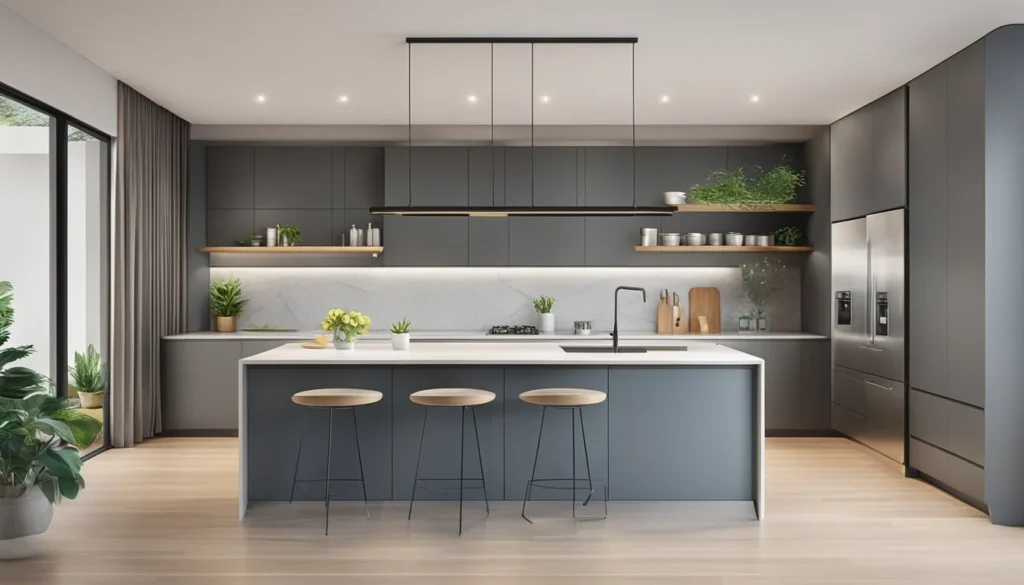
Content
I. Types of kitchen cabinets design
A. Stock Cabinets
Stock kitchen cabinets design are pre-manufactured in standard sizes and shapes. These are typically the most affordable option and offer a quick solution for kitchen renovations. While they may lack customization, they come in various cabinetry styles for kitchens, making it easy to find something that fits your kitchen’s aesthetic.
B. Semi-Custom Cabinets
Semi-custom cabinets provide more flexibility than stock cabinets. They are made to order and allow for modifications in dimensions, finishes, and styles. This option is ideal for those who want a unique look without the high cost of custom kitchen cabinetry.
C. Custom Cabinets Custom kitchen cabinetry
Is tailored to your exact specifications, offering unlimited design possibilities. They are crafted to fit perfectly into your kitchen cabinets design, allowing for personalized features and finishes. Though more expensive, custom kitchen cabinetry provides the highest level of detail and craftsmanship.
II. Materials and Finishes
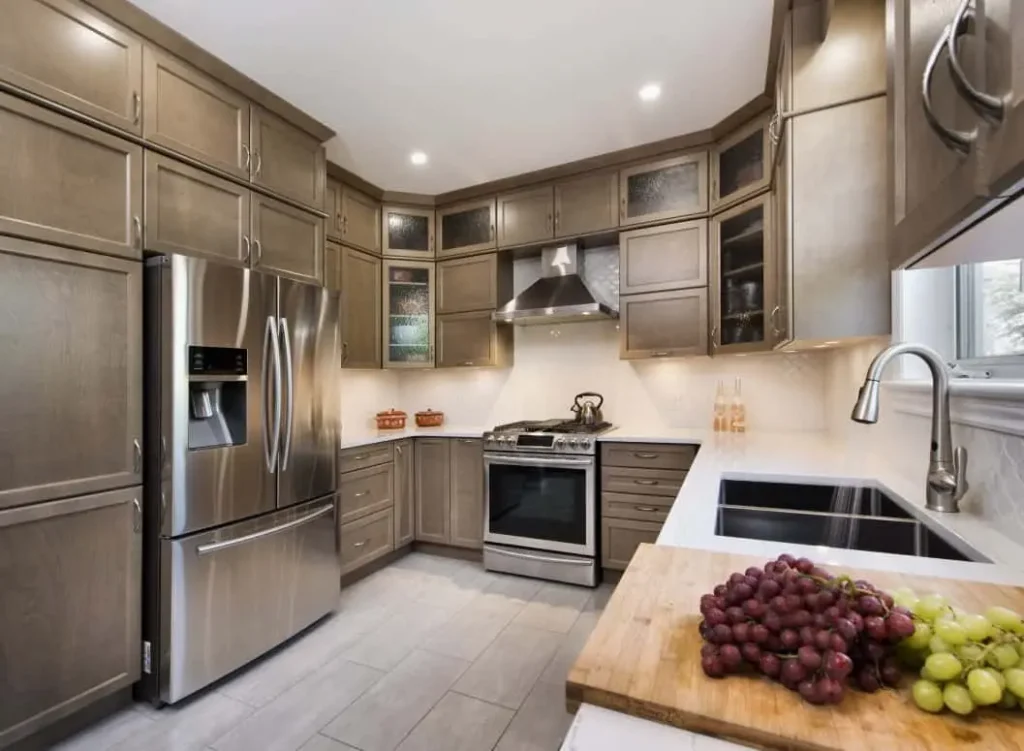
A. Popular Materials
- Wood: Oak, maple, and cherry are popular choices for their durability and natural beauty. Wood cabinets can be stained or painted to match any decor.
- MDF (Medium Density Fiberboard): A cost-effective alternative to wood, MDF is smooth and resistant to warping. It’s often used for painted cabinets.
- Metal and Glass: For a contemporary kitchen design, metal and glass cabinets add a sleek and modern touch. They are easy to clean and maintain, making them ideal for busy kitchens.
B. Finish Options
- Painted vs. Stained: Painted cabinets offer a smooth, clean look and are available in any color. Stained cabinets highlight the wood’s natural grain and add warmth to the kitchen.
- Glossy vs. Matte: Glossy finishes are shiny and reflective, giving a modern feel, while matte finishes provide a soft, understated look.
- Distressed Finishes: For a rustic or vintage vibe, distressed finishes create an aged appearance that adds character to the kitchen.
III. Design Styles
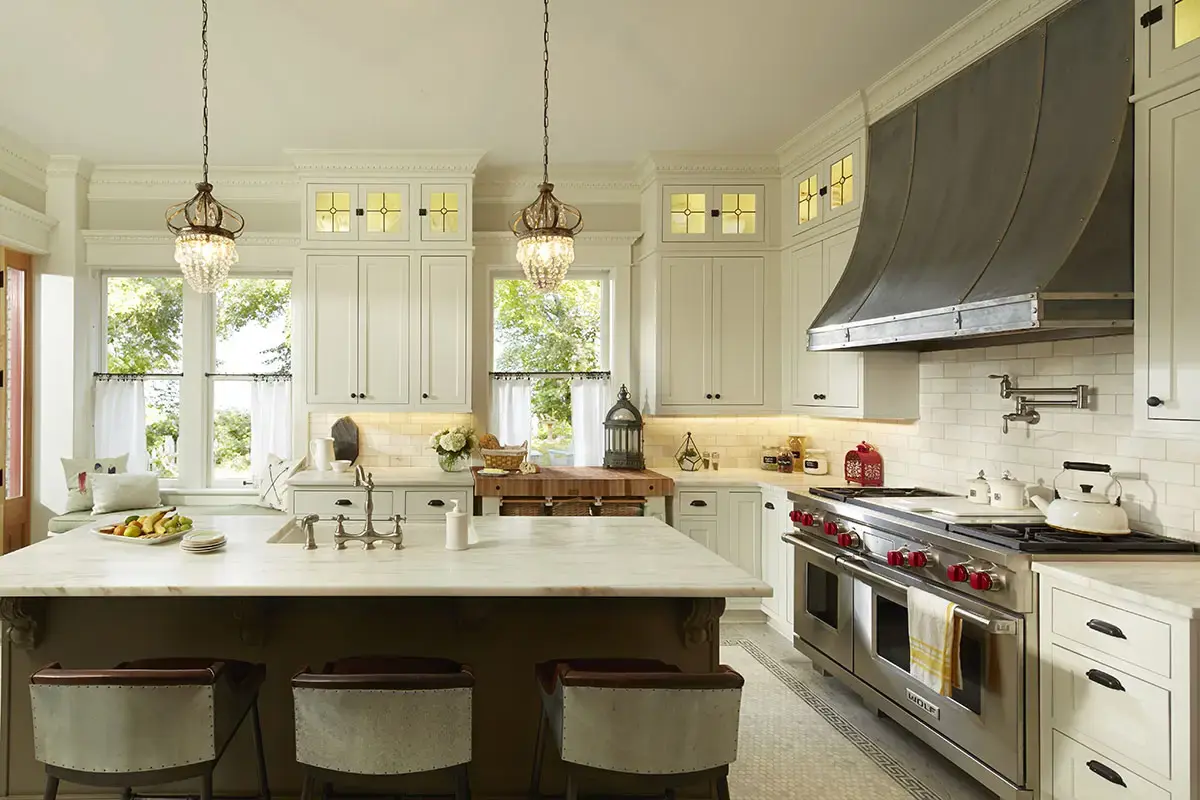
A. Modern and Minimalist Modern kitchen cabinets
favor clean lines, sleek surfaces, and minimal ornamentation. Cabinets are often flat-paneled and feature simple hardware.
B. Traditional and Classic
Traditional kitchens embrace ornate details, raised panel doors, and rich wood finishes. Classic kitchens often include decorative molding and intricate hardware.
C. Rustic and Farmhouse
Rustic and farmhouse styles highlight natural materials and a cozy, homey feel. Cabinets are usually made of wood with distressed finishes and simple hardware.
D. Transitional and Contemporary
Transitional kitchens blend modern and traditional elements, creating a balanced and harmonious look. Contemporary kitchen design focuses on sleek, sophisticated lines with a mix of materials like wood, glass, and metal.
IV. Color Schemes and Combinations
A. Neutral Tones
Neutral colors like white, beige, and gray are timeless and versatile. They create a calm and clean backdrop that can be easily updated with accessories.
B. Bold and Vibrant Colors
For a dramatic effect, bold colors like navy blue, emerald green, or deep red can make a statement. These colors work well as accent cabinets or in small kitchens to create a focal point.
C. Two-Tone Cabinets
Two-tone cabinets, where upper and lower cabinets are different colors, add visual interest and depth to the kitchen. Popular combinations include white upper cabinets with darker lower cabinets.
D. Trending Color Palettes
Trending colors often reflect current design preferences. Currently, shades of blue, green, and matte black are popular choices for a chic and modern look.
V. Functional Design Considerations

A. Maximizing Storage Space
Efficient kitchen storage solutions like drawer inserts, pull-out shelves, and vertical dividers help keep your kitchen cabinets design organized and clutter-free.
B. Ergonomics and Accessibility
Ergonomic design ensures that cabinets are easy to reach and use. Features like soft-close mechanisms, pull-out trays, and corner cabinets with lazy Susans improve functionality.
C. Integrating Appliances
Built-in appliances and concealed storage options create a seamless look. Hidden cabinets for microwaves, coffee makers, and other appliances keep countertops clean and clutter-free.
VI. Hardware and Accessories
A. Handles and Knobs
Cabinet hardware can enhance the overall look of your kitchen. Choose styles and finishes that complement your kitchen cabinet design, such as brushed nickel for modern kitchens or antique brass for traditional ones.
B. Hinges and Drawer Slides
High-quality hinges and drawer slides ensure smooth operation and durability. Soft-close mechanisms prevent slamming and extend the life of your cabinets.
C. Specialty Storage Solutions
Innovative kitchen storage solutions like lazy Susans, spice racks, and wine racks maximize space and keep your kitchen organized. These features can be customized to fit your specific needs.
VII. Budgeting and Planning
A. Setting a Realistic Budget
Determine your budget before starting your kitchen renovation. Factor in the cost of cabinets, hardware, installation, and any additional features.
B. Cost-Effective Design Choices
Consider where to splurge and where to save. Investing in high-quality cabinets can be worthwhile, while opting for less expensive hardware and finishes can help balance the budget.
C. Planning and Timing
Proper planning and timing are crucial for a successful kitchen renovation. Work with contractors to establish a timeline and ensure that all materials and labor are coordinated.
VIII. Inspirational Ideas and Case Studies
A. Real-Life Kitchen Transformations
Explore real-life kitchen makeovers for inspiration. Before-and-after photos showcase the impact of well-designed cabinets.
B. Inspirational Galleries
Browse galleries of high-end and budget-friendly designs to find ideas that match your style and budget.
C. Reader Submissions and Testimonials
Learn from others’ experiences and get tips from readers who have successfully renovated their kitchens.
IX. Conclusion
In this guide, we’ve explored key steps for planning your kitchen cabinet design, from assessing space to choosing materials. Start your project today with confidence! For more inspiration and detailed advice, check out additional resources on design trends, layout ideas, and expert tips to help bring your vision to life.

Elena Mohr is a dedicated home blogger who has been blogging for over six years. She covers everything home related. Elena also loves writing posts about her travels to Europe with her husband and two children.
